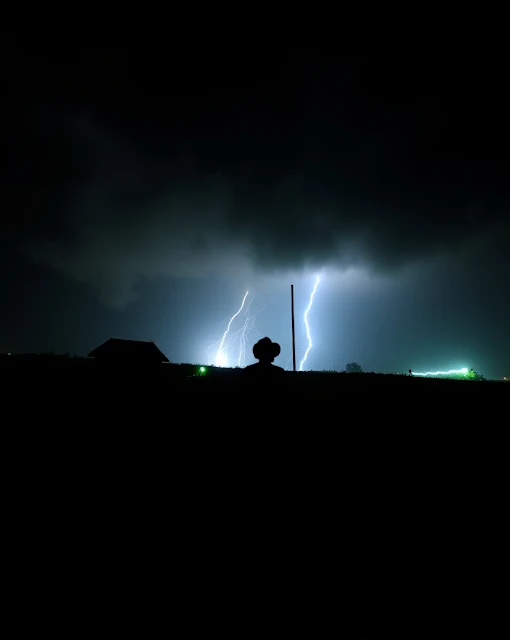Hakaluki Haor, located in northeastern Bangladesh, stands out as one of the largest wetlands in South Asia. Spanning over 18,000 hectares, this region encompasses an intricate network of rivers, lakes, and low-lying floodplains that are integral to both the ecological and socio-economic fabric of the region. Its unique landscape is composed of around 80 interlinked beels (large water bodies) and marshlands that come alive with a diverse array of flora and fauna, particularly during the monsoon season when the entire area becomes submerged, transforming it into a vast, shimmering lake.
Ecological Importance
Hakaluki Haor is a biological treasure trove, recognized for its rich biodiversity and its vital role as a breeding ground for numerous species. This wetland provides habitat for over 200 species of birds, both resident and migratory. During winter, Hakaluki Haor is a haven for migratory birds that journey from as far as Siberia, Mongolia, and Central Asia to find refuge in its warmer climate. Species such as the Eurasian spoonbill, the black-tailed godwit, and the ferruginous duck can be found in large numbers, enhancing the area’s status as an essential wintering site for avian species.
The haor is not just a bird sanctuary; it is home to a variety of fish species, reptiles, amphibians, and mammals. Over 100 types of fish have been documented, making it an indispensable source of fishery resources for the surrounding communities. The wetland's vegetation, including floating plants and aquatic grasses, provides both food and shelter for these creatures. Notably, the presence of rare and threatened species like the Pallas's fish eagle and the greater adjutant stork underscores the ecological significance of the haor and highlights the need for its conservation.
Hydrological Role
Beyond its ecological diversity, Hakaluki Haor plays a crucial hydrological role. It acts as a natural water reservoir, absorbing excess rainwater during the monsoon season, which helps prevent flooding in the adjacent areas. The haor's water retention capacity ensures that local rivers and streams remain balanced during heavy rains, thereby protecting the region from destructive floods. Conversely, during the dry season, the haor releases the stored water, maintaining the groundwater levels and supporting agricultural activities that are vital for the livelihoods of nearby residents.
The ecosystem services provided by Hakaluki Haor extend to water purification as well. The wetland functions as a natural filter, trapping pollutants and sediments from upstream sources, which improves water quality downstream. This process supports both the local community's need for clean water and the health of aquatic ecosystems.
Socio-Economic Significance
Hakaluki Haor is not only an ecological asset but also an economic lifeline for thousands of people. The wetland sustains a range of livelihoods, particularly fishing, agriculture, and cattle grazing. The fish from the haor form a substantial part of the diet and income for local families. During the peak fishing season, the area is a hub of activity as fishermen navigate the waters with their boats and nets. The seasonal abundance of fish helps meet the protein needs of the region's population and contributes significantly to the local economy.
In addition to fishing, agriculture benefits from the haor’s seasonal water retention. As the floodwaters recede, the exposed land becomes fertile, enriched by the nutrient-laden silt left behind. This natural process supports the growth of rice and other crops, which are staple food sources for the region’s inhabitants. Cattle grazing is another traditional activity, with herders relying on the grassy plains for feeding their livestock.
The tourism potential of Hakaluki Haor is also considerable. Its scenic beauty, especially during the monsoon when the haor transforms into a picturesque expanse of water dotted with aquatic plants, attracts visitors seeking a connection with nature. Birdwatchers, in particular, find it a prime destination for observing rare migratory birds. Eco-tourism initiatives could provide a sustainable way to bolster the local economy while fostering awareness and support for conservation efforts.
Challenges and Conservation Efforts
Despite its significance, Hakaluki Haor faces numerous challenges that threaten its ecological balance. One of the primary issues is the encroachment of agricultural activities and human settlements, which puts pressure on the wetland’s natural resources. Excessive fishing, often using unsustainable methods, has led to a decline in fish populations. Moreover, pollution from agricultural runoff and waste dumping contributes to water quality degradation, impacting both wildlife and human communities.
Climate change poses an additional threat, as altered rainfall patterns and rising temperatures could disrupt the delicate balance of the haor’s ecosystem. These changes could exacerbate flooding and water scarcity, endangering the biodiversity that relies on the wetland.
To address these challenges, various conservation efforts have been initiated by government agencies and non-governmental organizations. Steps include establishing protected areas within the haor to conserve critical habitats and regulating fishing practices to prevent overfishing. Community involvement is central to these initiatives, as sustainable management depends on the active participation and cooperation of local residents. Educational programs and awareness campaigns have been designed to teach the value of preserving this natural resource for future generations.
International bodies have also recognized the importance of Hakaluki Haor. The wetland is designated as an Ecologically Critical Area (ECA) by the Government of Bangladesh, underscoring its global ecological significance. This status has paved the way for more comprehensive strategies aimed at balancing development and conservation, including eco-friendly tourism and sustainable land-use planning.
Conclusion
Hakaluki Haor stands as a testament to the intricate balance between human livelihoods and natural ecosystems. Its wealth of biodiversity, coupled with its role in flood management and local economic activities, makes it a vital component of Bangladesh's natural heritage. To ensure that Hakaluki Haor continues to thrive, a combination of conservation measures, sustainable development practices, and community engagement is essential. The future of this wetland, and the myriad of life it supports, depends on the collective effort to preserve its unique and irreplaceable ecosystem.


















.jpeg)

0 Comments